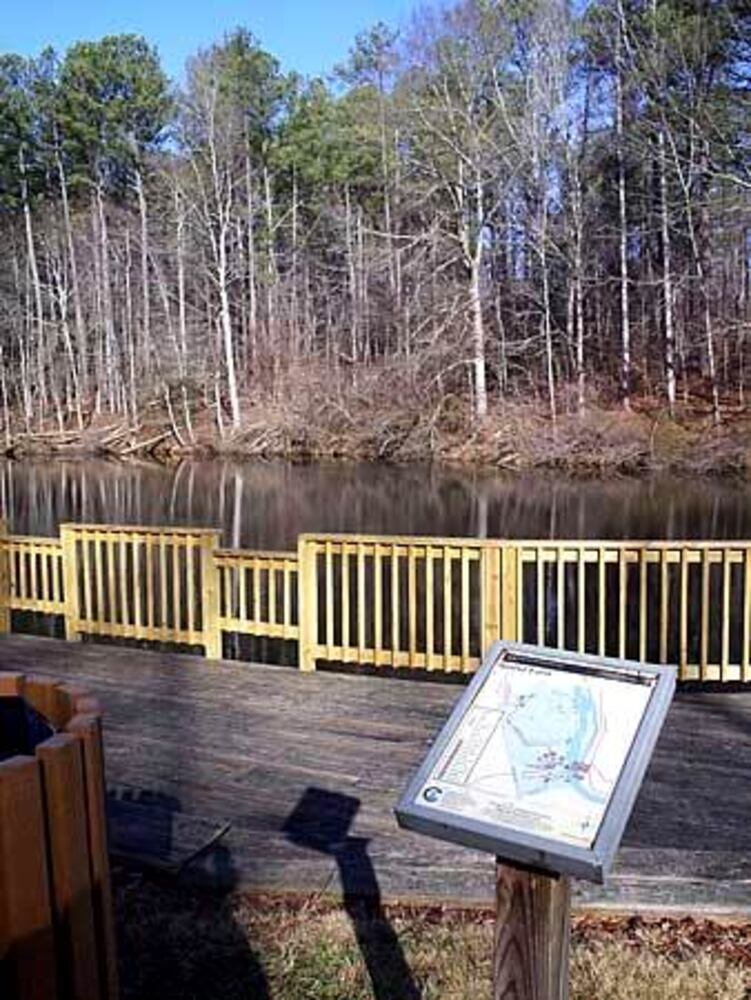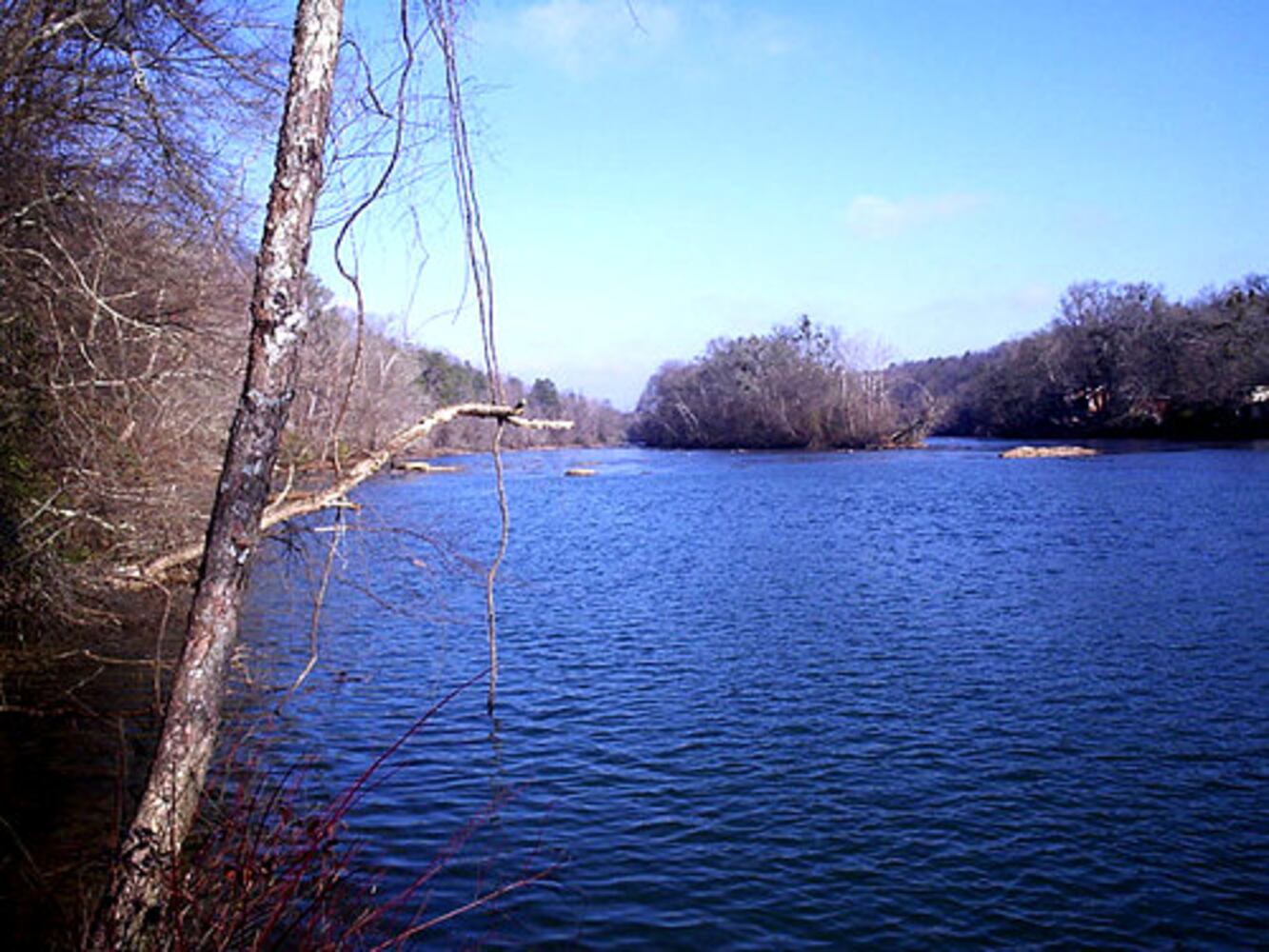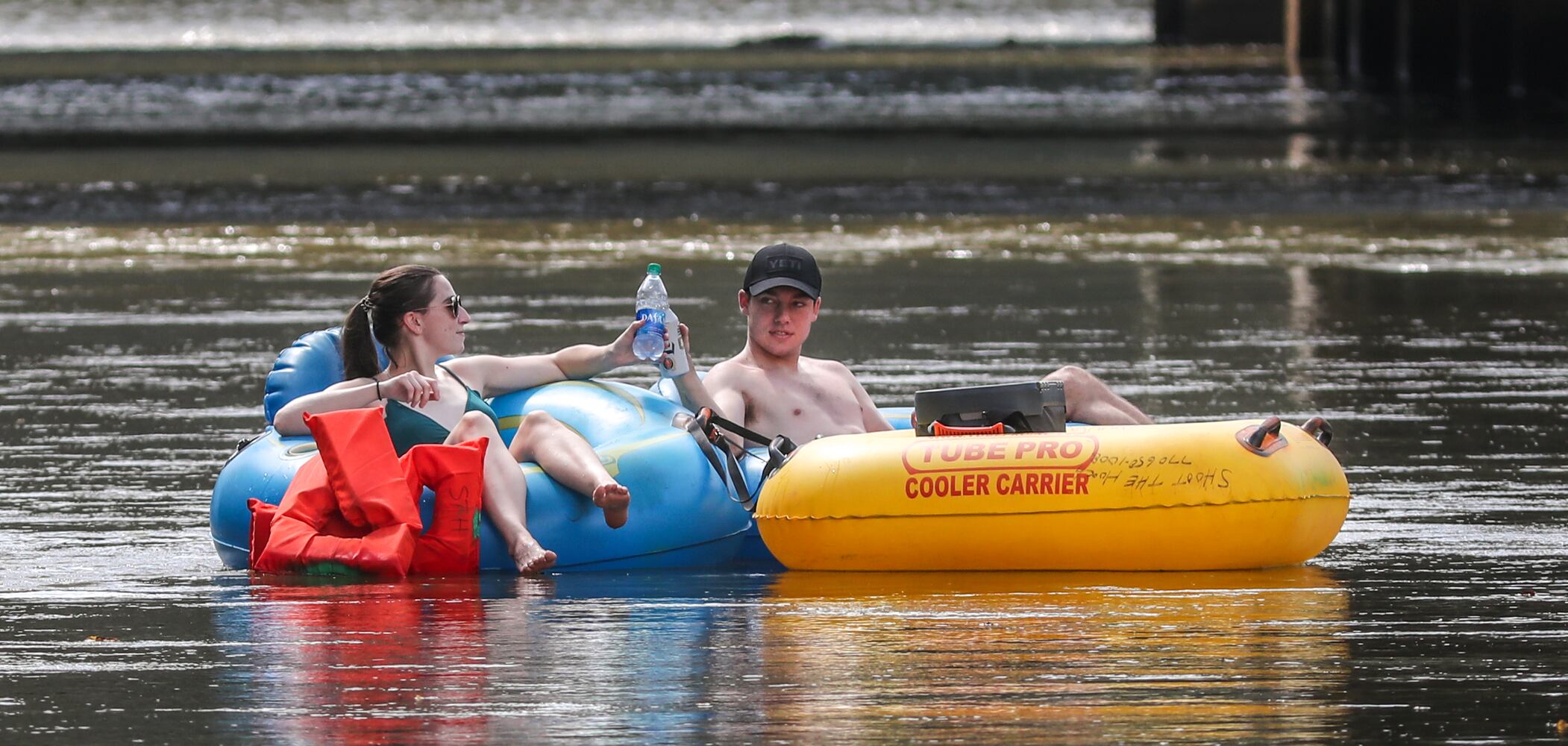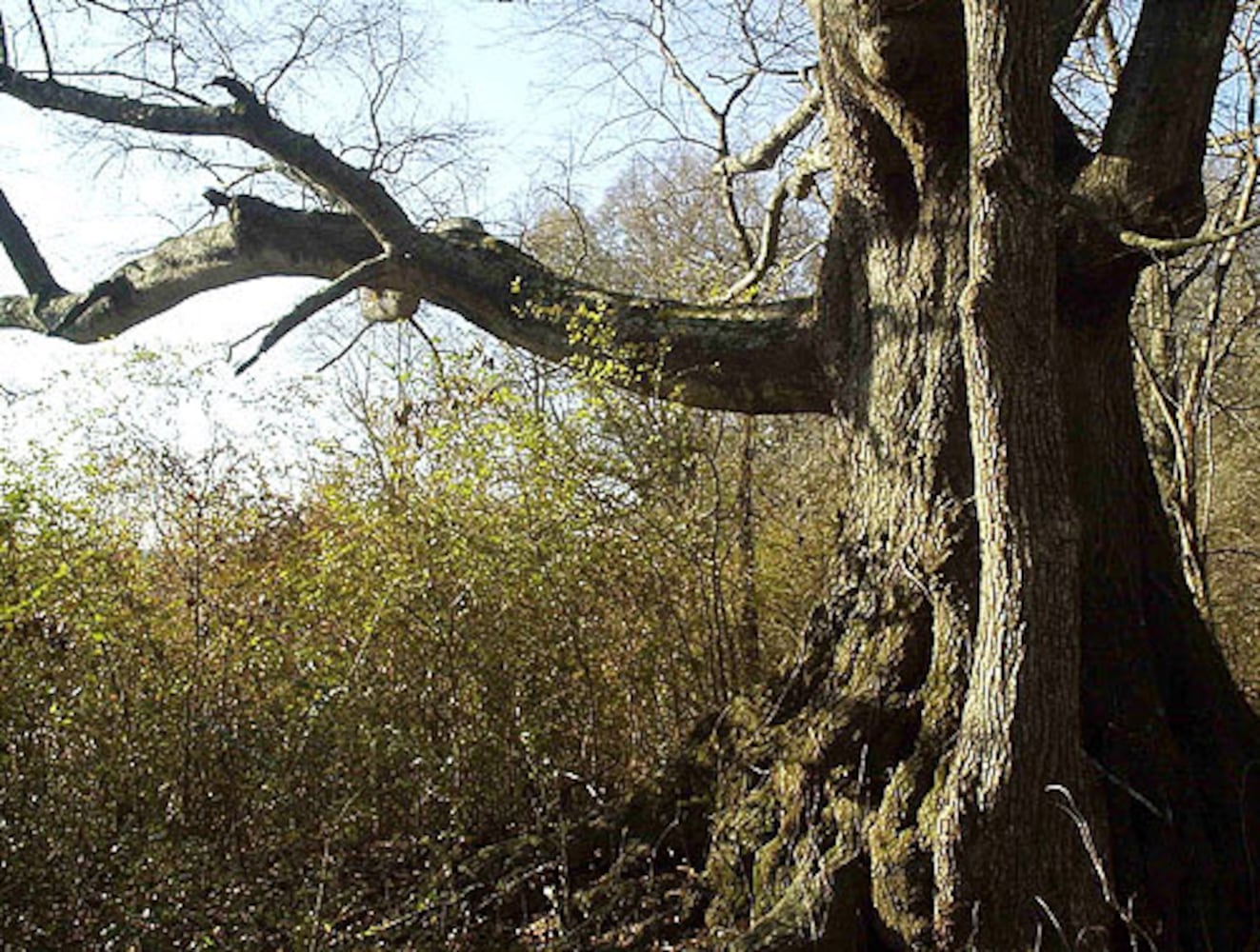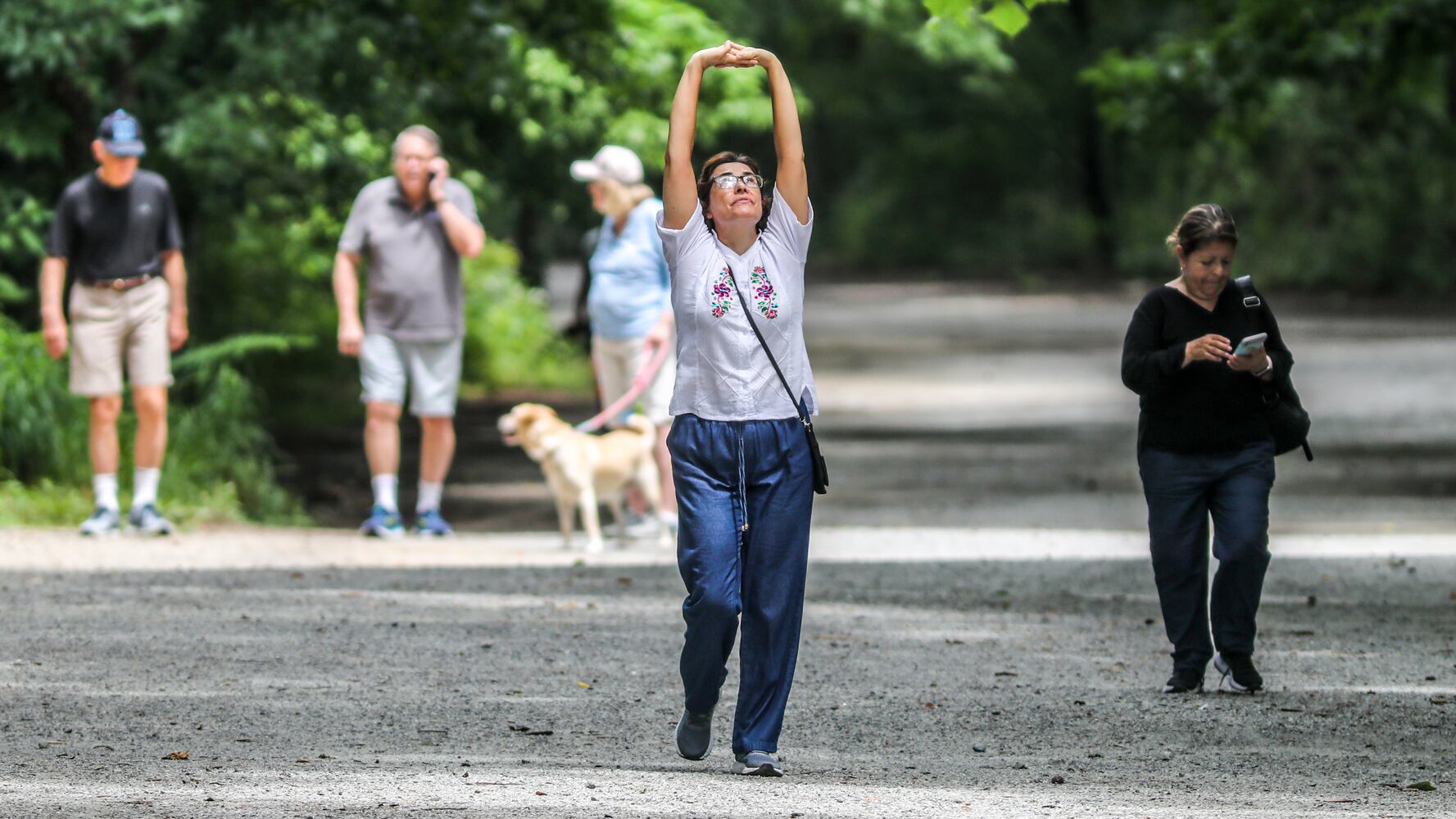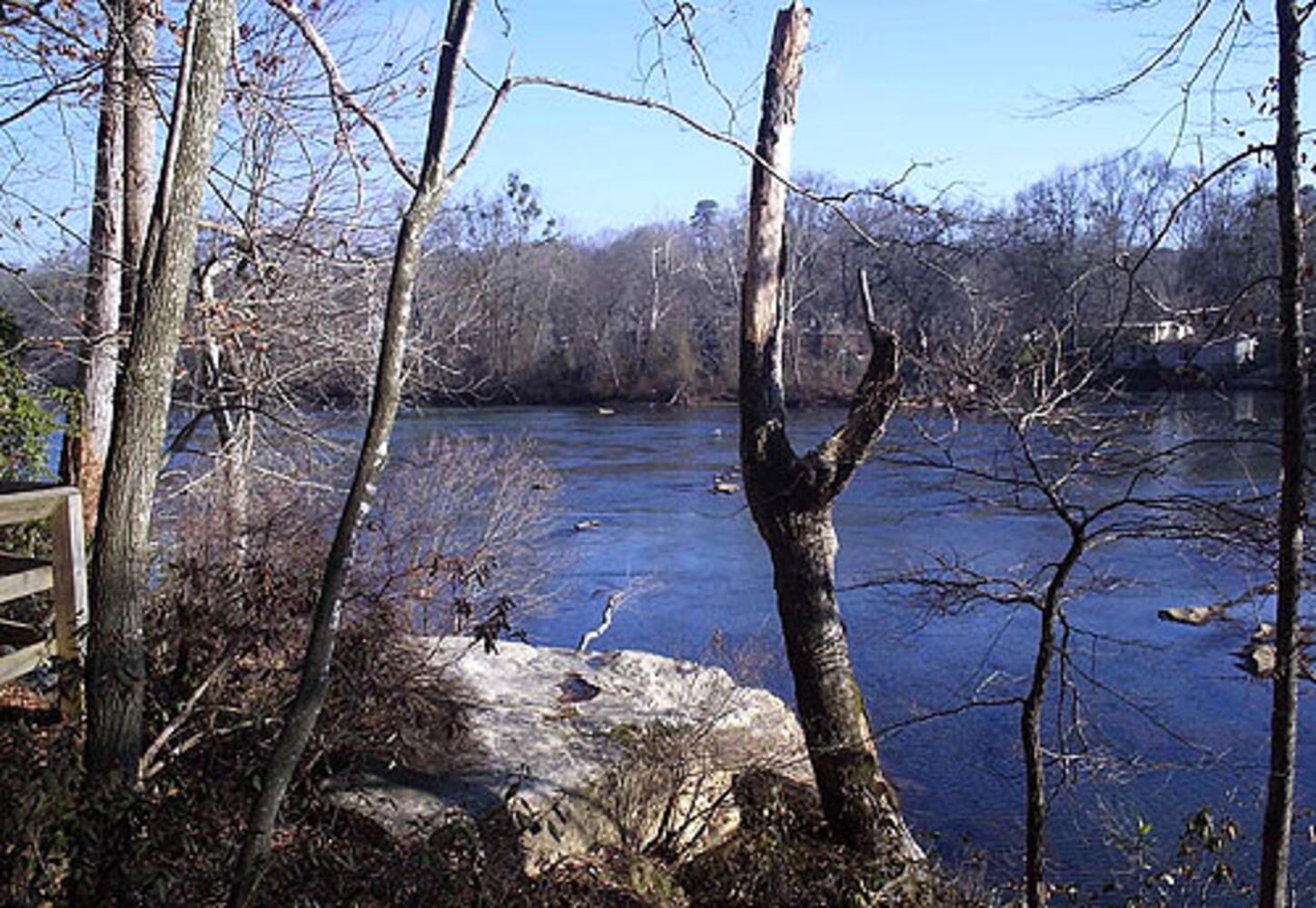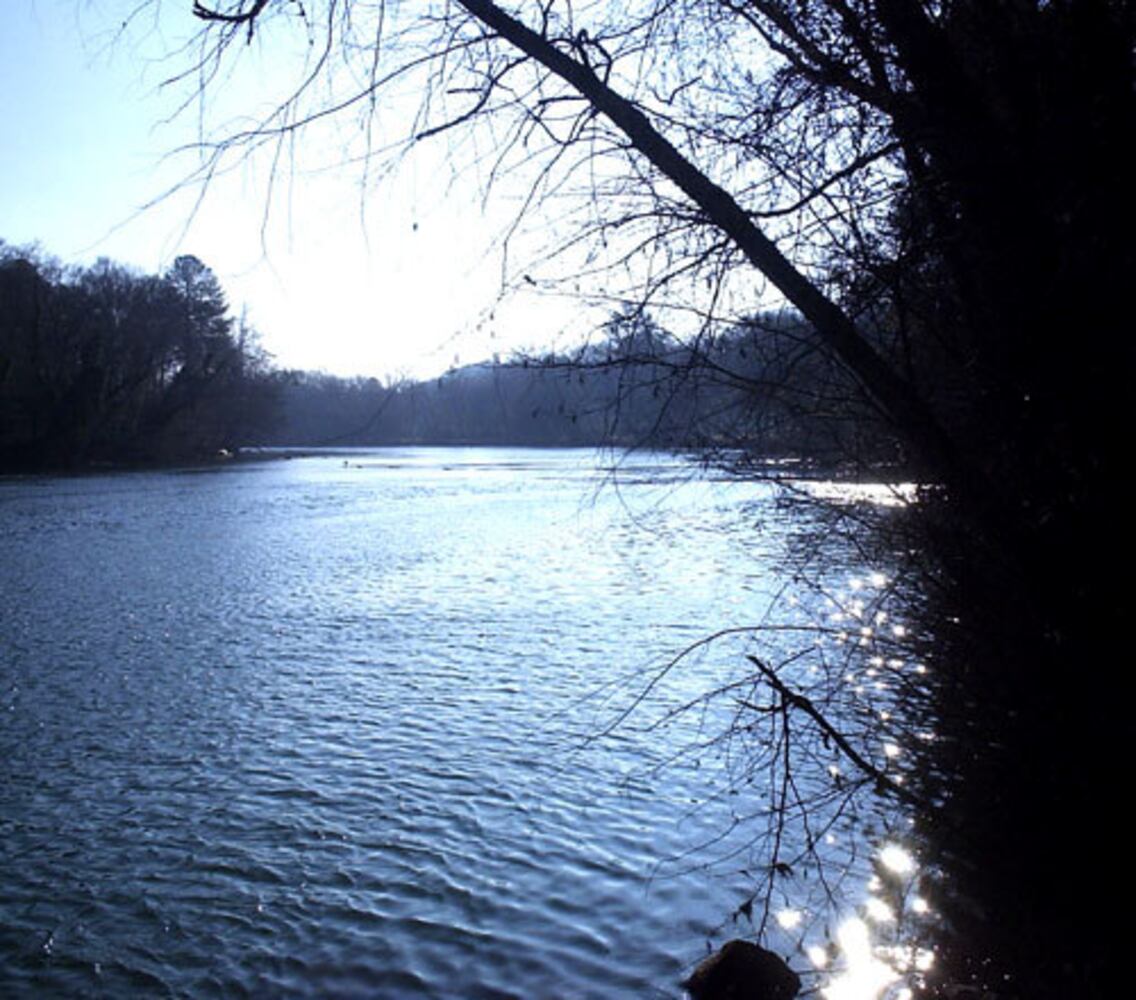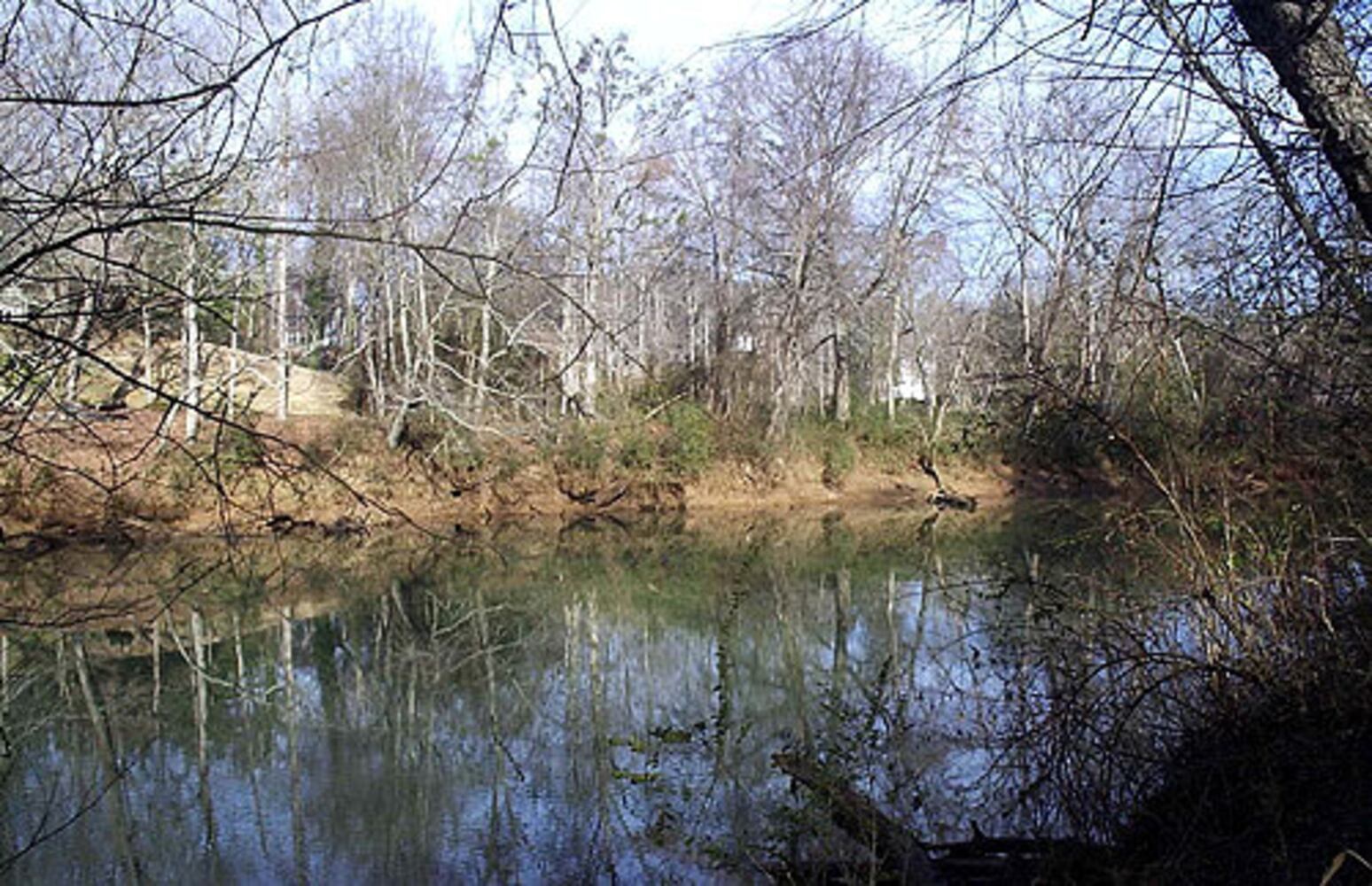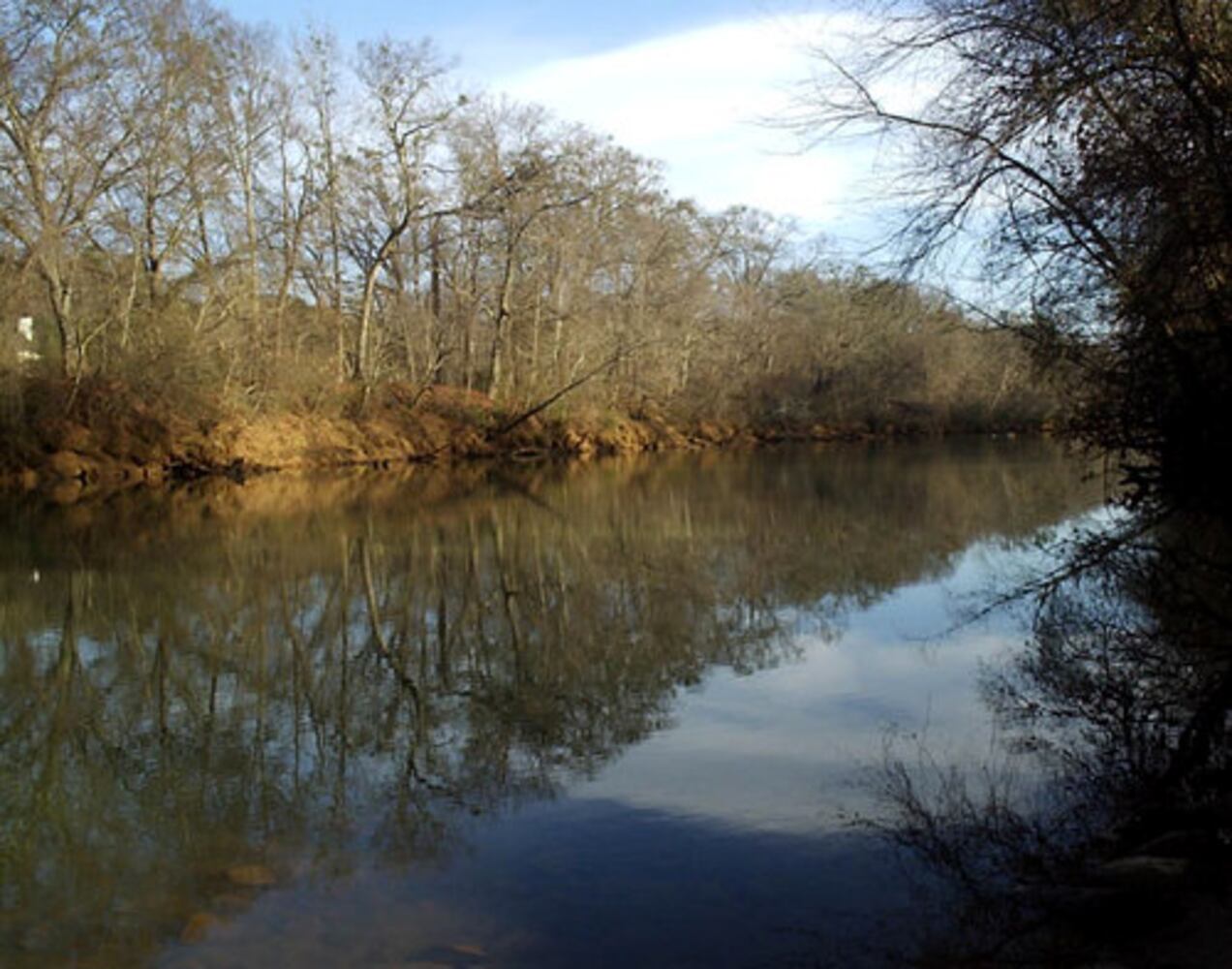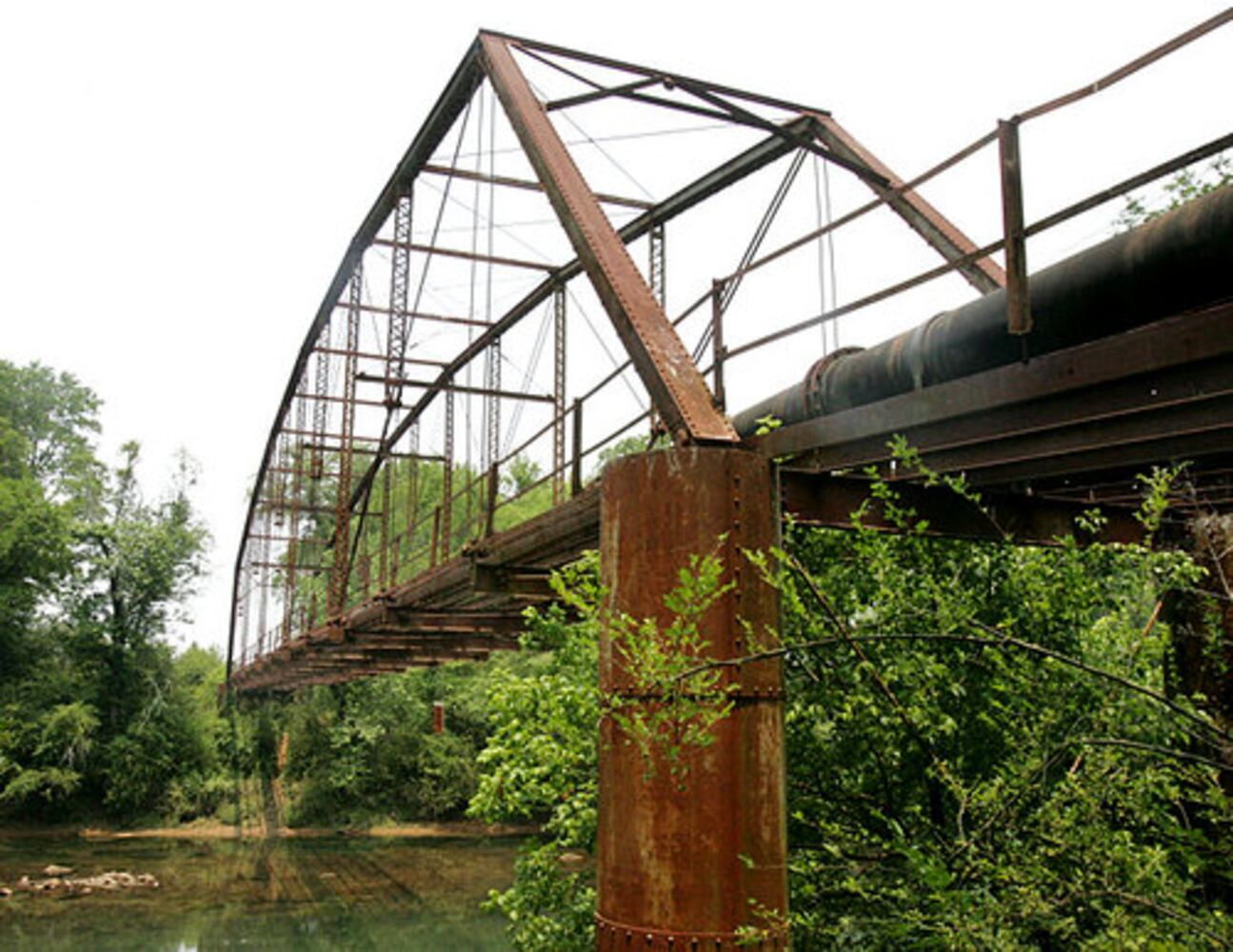I went to the West Palisades unit of the Chattahoochee River National Recreation Area the other day — as I do around this time every year — to see the blooming trout lilies along the trail that’s named for them.
They were blooming in mass profusion, covering the forest floor like a bright yellow carpet, just as they do every year in early March. The sight never fails to take my breath away.
Some other early blooms also were out, such as the beautiful white flowers of blood root. The blooming red maples along the trail and Rottenwood Creek cast a warm, pinkish glow over the landscape.
Coming here each year just before the start of spring — actually, at any time of year — refreshes my spirit and eases my weary mind.
And, every time I come here, I utter thanks to the “River Rats,” a group of foresighted men and women in the early 1970s who worked tirelessly to establish the CRNRA. On Aug. 15, 1978, President Jimmy Carter signed the bill that Congress had just passed to create the national park.
It’s now one of the 410 units of the National Park Service, which celebrates its centennial anniversary this year. During the yearlong celebration, the CRNRA will be recognized as one of America’s premier urban greenways — and one of its most biologically diverse parks, because of the CRNRA’s rich assortment of flora and fauna.
Its 15 park-like units, covering 5,050 acres, stretch 48 miles along the river, like a necklace of sparkling emeralds, from Buford Dam on Lake Lanier to the river’s confluence with Peachtree Creek inside Atlanta’s city limits.
For Atlanta, it has become a priceless natural sanctuary, where one can enjoy a near-wilderness experience. Perhaps Carter said it best when he signed the bill creating the CRNRA: “It’s a rare occasion when, within the city limits of one of our major cities, one can find pure water and trout and free canoeing and rapids and the seclusion of the Earth the way God made it. But the Chattahoochee River is this kind of place.”
In the sky: From David Dundee, Tellus Science Museum astronomer: Spring begins at 12:30 a.m. Sunday. The moon will be full Wednesday — the Windy Moon, as the Cherokee peoples called March’s full moon. Mercury is low in the east just before sunrise. Venus is in the east an hour before sunrise. Mars rises out of the east a few hours after dark. Jupiter is high in the east as it gets dark; Saturn is in the east just after dark.
About the Author
Keep Reading
The Latest
Featured
